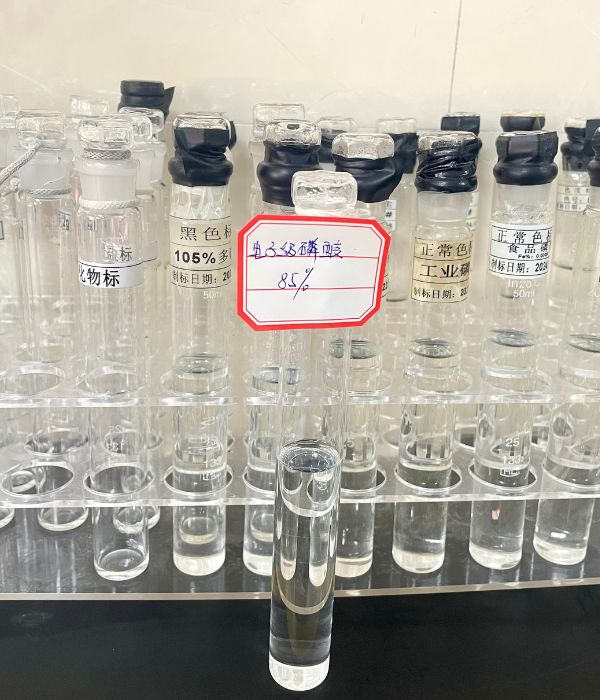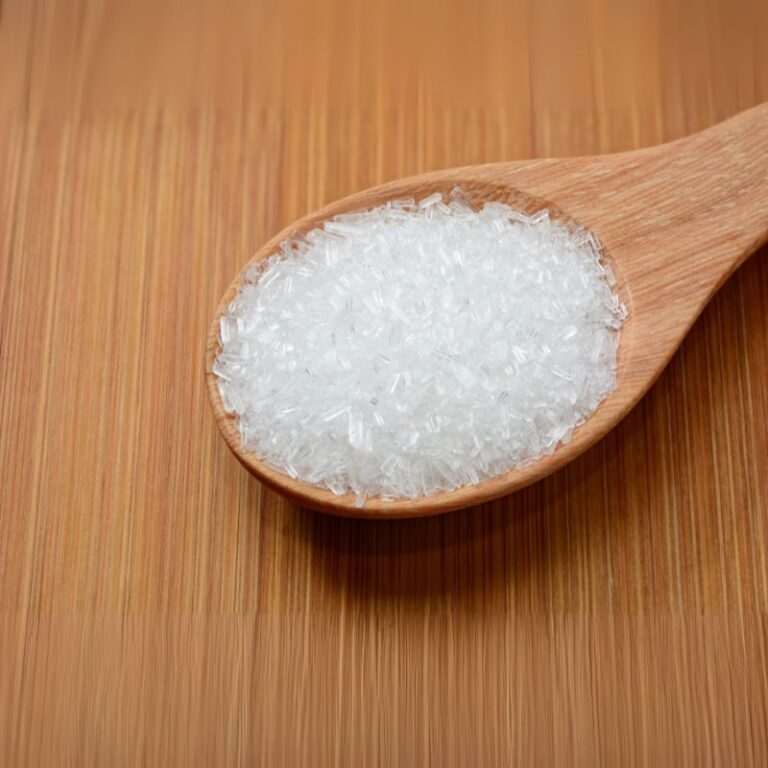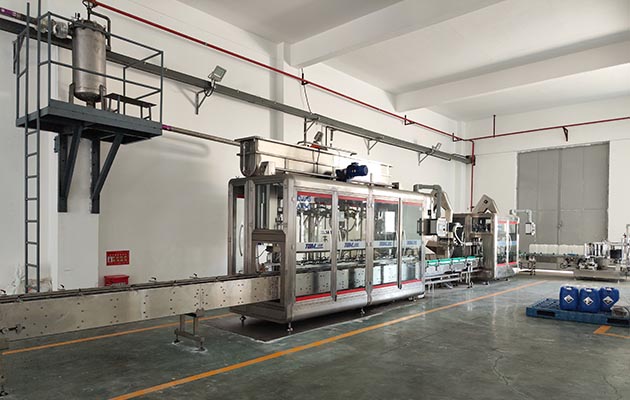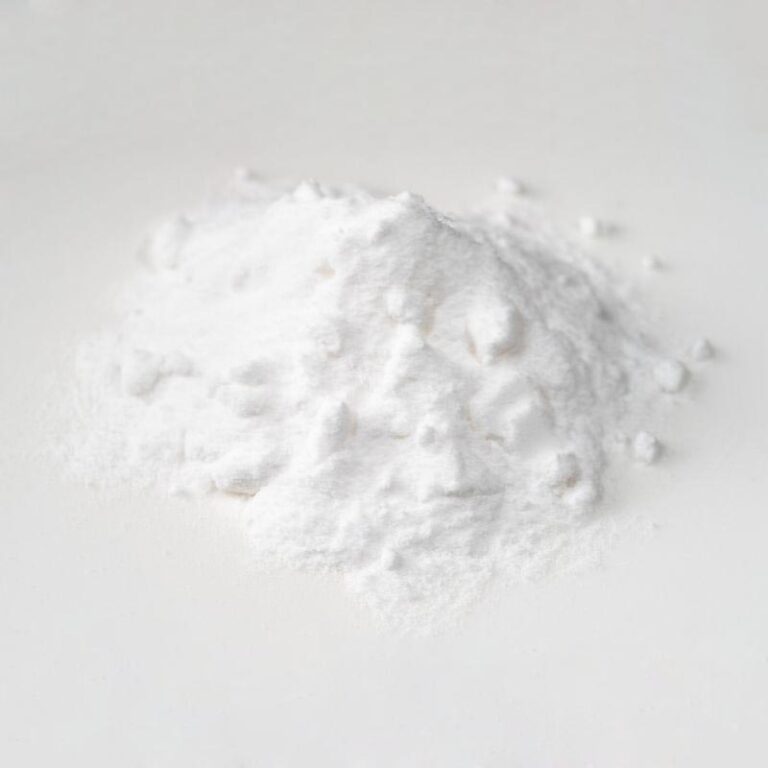-
Liutang Town Industrial Park, Liucheng County, Guangxi

What Is STPP in Food? Uses, Benefits, and Regulatory Insights
Sodium Tripolyphosphate (STPP), chemically known as Na₅P₃O₁₀, is a multifunctional additive widely used in food processing. Acting as a water-binding agent, emulsifier, and preservative, STPP plays a crucial role in enhancing product texture, moisture retention, and shelf stability across meat, seafood, and dairy industries.
But with growing regulatory scrutiny and rising demand for clean-label products, understanding STPP’s functions, compliance standards, and viable alternatives has become more important than ever.
STPP Overview: Chemical and Functional Properties
STPP is an inorganic phosphate salt composed of three phosphate groups joined by oxygen bridges. This structure enables it to:
- Bind metal ions (e.g., calcium, iron), reducing oxidative spoilage
- Interact with proteins, improving texture and water-holding capacity
- Stabilize emulsions, especially in processed cheese and dairy
In its typical form, STPP appears as a white, crystalline powder with high solubility (25.4 g/100 mL at 25°C), making it easy to incorporate into formulations.
Food Industry Applications of STPP
| Food Category | Key Benefits | Typical Usage |
|---|---|---|
| Meat & Poultry | Improves yield (up to 15%), enhances texture, reduces cooking loss | 0.3–0.8% w/w |
| Seafood | Minimizes thaw loss, retains juiciness during freezing | 0.5–1.2% w/w |
| Dairy & Cheese | Prevents fat separation, stabilizes emulsions | 0.1–0.5% w/w |
In injected meats and poultry, STPP improves water retention by causing myofibrillar proteins to swell. In frozen fish fillets and shellfish, it reduces drip loss by 8–30% and maintains firmness after thawing. As an emulsifying salt, STPP enables smooth meltability in processed cheese by ensuring even fat distribution.
Regulatory Standards and Global Usage Limits
STPP’s usage is regulated to protect consumer health and environmental quality. Guidelines differ by region:
- European Union (EFSA): 5,000–9,000 mg/kg P₂O₅ basis; labeling required for products with >500 mg/kg phosphate
- USA (FDA): Generally Recognized as Safe (GRAS); listed under 21 CFR 182.1810
- China (GB 2760-2023): Limit set at 1.0% w/w in processed foods
- Japan (JAS): Must be declared when exceeding 0.5g per 100g product
Recent trends show tightening regulations, especially regarding phosphate pollution and overuse in fresh meat products.
Formulation and Quality Control Guidelines
To ensure product consistency and regulatory compliance, manufacturers follow strict protocols:
- Solution Preparation: STPP should be pre-dissolved in chilled water (≤10°C) at 5–15% concentration
- Injection Ratio: Typically 0.5–2.0%, adjusted based on product moisture content
- pH Management: Maintain between 6.5–7.5 (optimal for meats), or 9.2–10.0 (when used in alkaline processing)
- Temperature Control: 40–70°C during mixing avoids hydrolysis
- Documentation: Monitor STPP concentration, injection pressure, endpoint pH, and final yield
Residual STPP can be detected using HPLC, FTIR spectroscopy, or ISO 5554:2008 protocols. Overuse (>0.5%) may result in a soapy or off taste and can trigger labeling issues.
Cost-Benefit Analysis in Commercial Processing
STPP is often selected for its favorable cost-to-performance ratio. For example:
- Poultry processors report up to 22% reduction in cooking loss and 6–8% yield increase, offering full ROI in under 3 months
- A 2024 case study documented $120,000 in water savings annually by reducing usage through STPP-based moisture management systems
STPP vs. Other Phosphate Additives
| Phosphate | pH Range | Chelating Power | Protein Solubility | Relative Cost Index |
|---|---|---|---|---|
| STPP | 6.5–9.5 | Strong | High | 1.0 (reference) |
| SHMP | 5.0–7.5 | Very Strong | Moderate | 1.2 |
| SMP | 6.0–8.0 | Weak | Low | 0.8 |
While Sodium Hexametaphosphate (SHMP) offers superior chelation, STPP provides the best all-around performance for protein-heavy systems.
Sustainability and Natural Alternatives
Environmental and consumer concerns are driving interest in STPP replacements. Promising options include:
- Citrus fiber + sodium bicarbonate blends (70–85% STPP effectiveness)
- Rice bran fiber and mushroom extract (partial water-holding improvement)
- Membrane filtration & closed-loop injection systems to reduce STPP discharge by up to 30%
Facilities are also adopting ICP-MS monitoring and wastewater phosphate recovery to meet environmental compliance goals.
Labeling Best Practices
Proper labeling ensures regulatory compliance and builds consumer trust:
- Ingredient Labeling: “Sodium Tripolyphosphate” or “E451i”
- Front-of-Pack Statement: “Added to retain natural moisture” or “Helps preserve texture during freezing”
- Nutritional Panels (EU/US): Phosphate quantity must be listed when exceeding regulatory thresholds
In the EU, products with >500 mg/kg total phosphate must display “with phosphates” prominently near the product name.
Frequently Asked Questions (FAQ)
Q: Why is STPP used in frozen fish and shrimp?
A: It prevents protein denaturation, retains moisture, and improves visual quality after thawing.
Q: Is STPP safe to consume?
A: Yes, within regulated limits. It is GRAS-certified by the FDA and approved in most major markets.
Q: What happens if too much STPP is used?
A: Overuse can lead to undesirable texture (soapy mouthfeel) and excessive phosphate residues, which may require declaration.
Final Thoughts
Sodium Tripolyphosphate remains a highly effective and widely used ingredient in modern food processing. Its multifunctionality, affordability, and regulatory acceptance make it indispensable — especially for high-moisture products. However, the trend toward cleaner labels and sustainable practices means food processors must monitor usage closely and consider functional alternatives where applicable.







